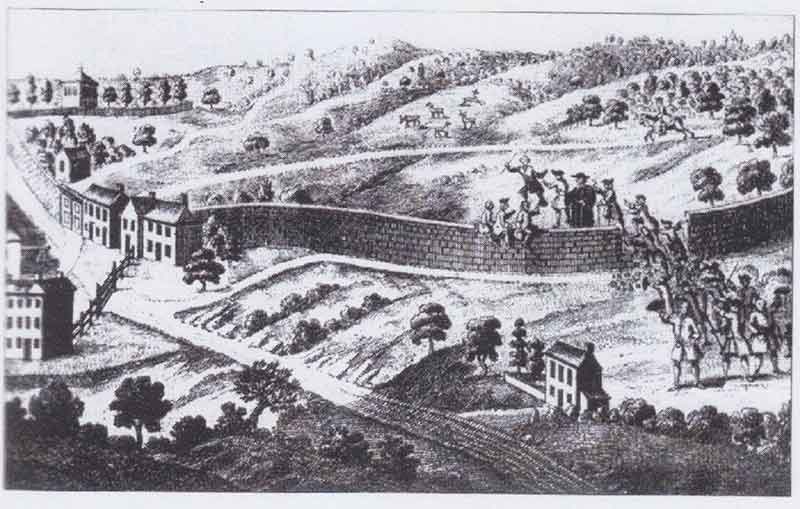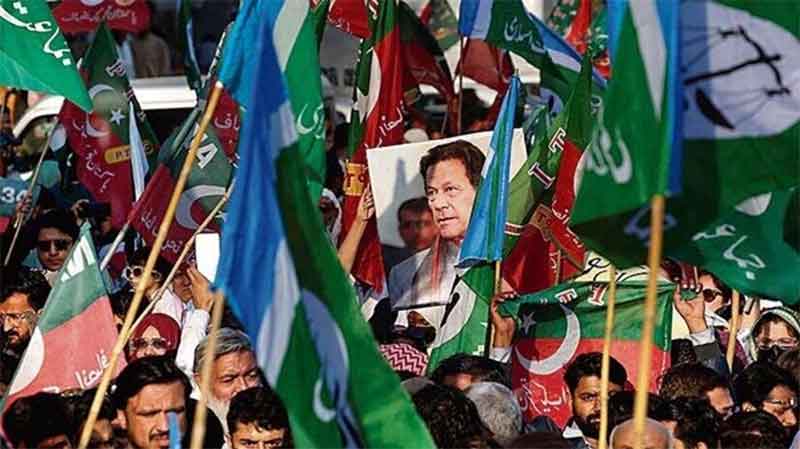
When I wrote an essay on Dr. B.R Ambedkar years back in school, I portrayed him in my writing as a brilliant man who drafted the constitution of India and as a leader who vehemently opposed to the discrimination towards the untouchables. Little did I know, that these adjectives that I has used for him was just a tip of the iceberg. I remember when I asked my father who he was, he replied ‘he is our God, he has given us all a life of dignity’. Now I think had I added those words in my essay, I might have bagged some position in the competition.
Ambedkar this day and even back then is only reduced to a Dalit leader and an architect of the Constitution of India. He has been compared to prominent leaders like M.K Gandhi and Nehru in India. Ambedkar was announced the greatest Indian in 2012, the poll was conducted by the Outlook Magazine and Gandhi was not included in the list because the panel of experts felt that ‘if Gandhi were to be included in the list, then there would be no competition for title of the Greatest Indian’. His contributions to the society have been belittled by the masculine state that we have and his readings often remains unread in schools and varsities.
Quite recently, Ghana university research fellow Obadele Kambon one of the leaders of the movement in the university called “Gandhi Must Fall” wherein students contended that Gandhi was a racist and demanded his statue to be removed, he contended even though Gandhi’s biggest legacy was nonviolence he juxtaposed his legacy by coercing Ambedkar to sign the Poona Pact jeopardizing the futures of Dalit in the country.
Ambedkar and Gandhi’s relation is always brought to the fore when either is discussed but the spree on claiming Ambedkar’s legacy by many ideological organizations including the Rashtriya Seva Sangh is jaw-dropping! While comparing Gandhi and Ambedkar, an important part of Ambedkar has been overlooked in his legacy, that is Ambedkar as a feminist.
Ambedkar linked caste with gender and explains the crucial position that women hold in the society. In his excellent piece namely “Castes in India, Their Mechanisms, Genesis and Development”, he describes castes as an institution that portends tremendous consequences; he describes caste using the ‘Insider-Outsider’ doctrine. He explains, as Brahmins referred to themselves as insiders they closed their doors to the outsiders (the so called lower castes) further, the door is only opened to the immediate next or close to the ‘insiders’. He points marriage as a institution and endogamy as tools that regulates caste. Scholarships on Dalit women been oppressed by the upper caste men and at their own homes has been doing rounds for a long time now but the role of upper caste women on demolition of caste that ventures from the work of Ambedkar has rarely been discussed.
Eminent Indian Feminist scholars specializing in the stand point theory, point towards the dalit women’s stand-point but rarely discuss the importance of their stand as well as their role in the demolition on caste. The Indsider-Outsider doctrine that Ambedkar uses in his writings stands true even today. Emancipation of women, especially the “so-called upper caste”, is of much importance than the liberation of Dalit women alone. Hypergamy is at surge but hypogamy is rarerest of the rare as women are stilled “controlled” by the institution of caste. If we are to destroy caste and inequality, Ambedkar’s writings need to be explored more. In this sense he was not only a proponent of the Dalits but of women who are “controlled” by the society.
I see Ambedkar as a feminist, who was far ahead of his time and tried to liberate not just Dalit but all women kind from the shackles of the society that only shackled women and let the men free.
Shital Baraily is pursuing her Masters at the Centre for the Study of Social Systems, JNU,New Delhi.
SIGN UP FOR COUNTERCURRENTS DAILY NEWS LETTER

















































